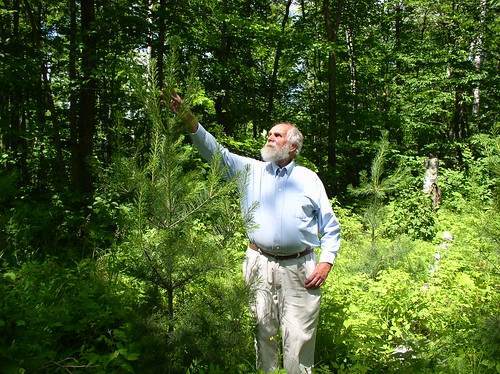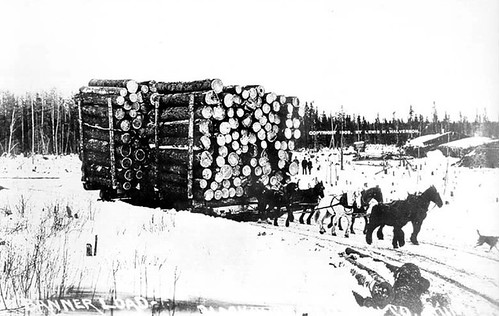
Rieber Paulson knew part of his 40-acre forest in Northern Minnesota needed to be harvested. He also had a vision of what the area should eventually look like.
Instead of replanting the mixture of trees he was growing—including balsam fir, paper birch and soft maple—he wanted to restore the forest to what it had been before widespread logging began in the 19th century: a white and red pine habitat for wildlife.
After he harvested the timber in 2005, Paulson contacted USDA’s Natural Resources Conservation Service (NRCS) for assistance with implementing his vision. Together with Mike Oja, Itasca County NRCS District Conservationist, he completed a reforestation plan that included planting 1,700 white pine transplants and 1,300 red pine transplants over the next three years.
Paulson received financial and technical assistance from NRCS through its Environmental Quality Incentives Program. NRCS taught him the practices necessary for site preparation, planting the pine seedlings and later releasing the planted pine from competing vegetation. Prior to the 19th century, white and red pine—some towering as high as 200 feet—were once part of nearly every forest stand in eastern, central and northern Minnesota.

These trees supported an extensive understory of herbaceous plants that provided wildlife food and cover, as well as thermal protection, for deer, grouse and other animals during cold Minnesota winters. They also provided habitat for animals that like to nest in cavities in the trees, like owls, woodpeckers and flying squirrels.
Today, however, some experts estimate that only 2 percent of the state’s white and red pine remains. That’s because extensive logging activity at the turn of the last century decimated the habitat—and fires in the years that followed didn’t help. In the 100 years since, forest management practices and growing deer populations have meant that very little natural regeneration has occurred.
In the late 1990s, the state of Minnesota, local governments, industry leaders and private entities launched a statewide effort to restore this important native ecosystem. Because much of the land targeted for restoration is privately owned, NRCS and landowners like Paulson play an important role in helping to make this effort a success.
Find out more about the Environmental Quality Incentives Program.
Check out more conservation stories on the USDA blog.
Follow NRCS on Twitter.



